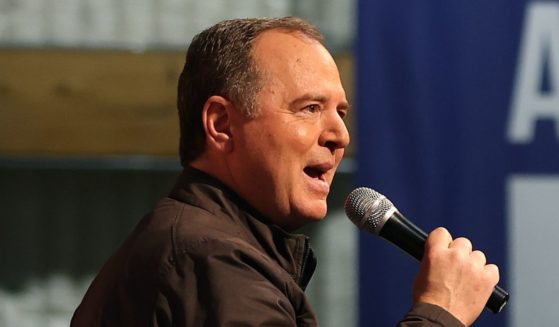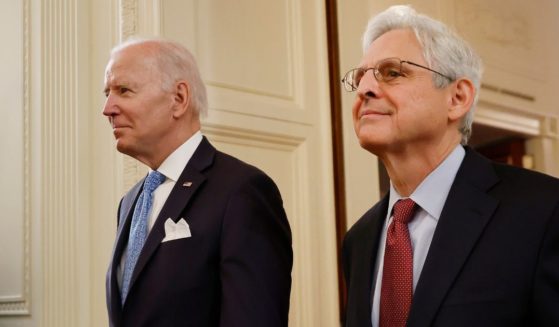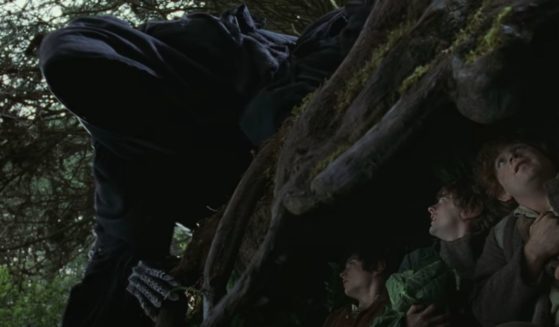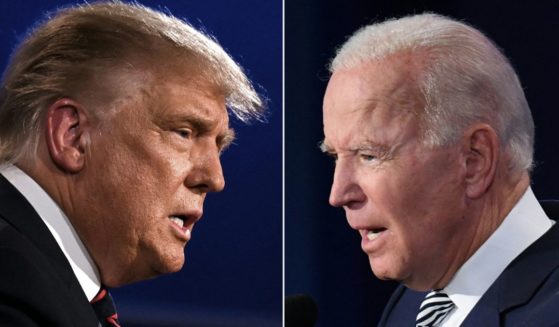Historical Figures Under Attack as Protesters Set Sights on Statues
The movement to pull down Confederate monuments around the U.S. has extended to statues of historical figures around the world, including Christopher Columbus, Cecil Rhodes and Belgium’s King Leopold II.
Protests and, in some cases, acts of vandalism have taken place in such cities as Boston; New York; Paris; Brussels; and Oxford, England. Debate rages over whether the campaign amounts to erasing history or updating it.
At the University of Oxford, protesters have stepped up their longstanding push to remove a statue of Rhodes, the Victorian prime minister of the Cape Colony in southern Africa.
Oxford’s vice chancellor Louise Richardson balked at the idea of the statue’s removal in an interview with the BBC.
“We need to confront our past,” she said. “My own view on this is that hiding our history is not the route to enlightenment.”
In Bristol, England, demonstrators over the weekend toppled a statue of 17th-century merchant and slave trader Edward Colston and threw it in the harbor. City authorities said it will be put in a museum.
In Belgium, statues of Leopold II have been defaced in half a dozen cities. More than a century ago the king ruled over Congo and profited from slave labor there. Experts say he left as many as 10 million dead.
“The Germans would not get it into their head to erect statues of Hitler and cheer them,” said Mireille-Tsheusi Robert, an activist in Congo who wants Leopold statues removed from Belgian cities. “For us, Leopold has committed a genocide.”
In the U.S., George Floyd’s death has led to an all-out effort to remove symbols of the Confederacy and slavery.
The Navy, the Marines and NASCAR have embraced bans on the display of the Confederate flag, and statues of rebel heroes across the South have been vandalized or taken down, either by protesters or local authorities. Pressure is also mounting to remove such monuments from the U.S. Capitol.
On Wednesday night, protesters pulled down a century-old statue of Confederate President Jefferson Davis in Richmond, Virginia, the former capital of the Confederacy. The 8-foot bronze figure had already been targeted for removal by city leaders.
The monument was a few blocks away from a 61-foot-high equestrian statue of Gen. Robert E. Lee, the most revered of all Confederate leaders. Democratic Gov. Ralph Northam last week ordered its removal, but a judge has blocked such action for now.
The spokesman for the Virginia division of the Sons of Confederate Veterans, B. Frank Earnest, condemned the toppling of “public works of art” and likened losing the Confederate statues to losing a family member.
Richmond Mayor Levar Stoney, who has proposed removing all Confederate statues in the city, asked protesters not to take matters into their own hands for their own safety. But he indicated the Davis statue is gone for good.
“He never deserved to be up on that pedestal,” Stoney said, calling Davis a “racist & traitor.”
Elsewhere around the South, authorities in Alabama got rid of a massive obelisk in Birmingham and a bronze likeness of a Confederate naval officer in Mobile.
In Virginia, a slave auction block was removed in Fredericksburg, and protesters in Portsmouth knocked the heads off the statues of four Confederates.
In Washington, House Speaker Nancy Pelosi said it is time to remove statues of Confederate figures from the U.S. Capitol and take their names off military bases such as Fort Bragg, Fort Benning and Fort Hood.
President Donald Trump on Wednesday rejected the idea of renaming bases, but a Senate panel on Thursday approved a plan to take Confederate names off military installations.
Supporters of Confederate monuments have argued that they are important reminders of history; opponents contend they glorify those who went to war against the U.S. to preserve slavery.
For protesters, the targets have ranged far beyond the Confederacy. Statues of Columbus have been toppled or vandalized in cities such as Miami; Richmond; St. Paul, Minnesota; and Boston, where one was decapitated. Protesters have accused the explorer of genocide and exploitation of native peoples.
New York Gov. Andrew Cuomo said he opposes the removal of a statue of Columbus in Manhattan’s Columbus Circle.
“I understand the feelings about Christopher Columbus and some of his acts, which nobody would support,” he said. “But the statue has come to represent and signify appreciation for the Italian American contribution to New York. So for that reason I support it.”
Historians have differing views of the campaigns.
Scott Sandage, a historian at Carnegie Mellon University, noted that Americans have a long tradition of arguing over monuments and memorials. He recalled the bitter debate over the Vietnam Veterans’ Memorial in Washington when the design was unveiled.
“Removing a memorial doesn’t erase history. It makes new history,” Sandage said. “And that’s always happening, no matter whether statues go up, come down, or not.”
“How far is too far, in scrubbing away a history so that we won’t remember it wrong — or, indeed, have occasion to remember it at all?” Mark Summers, a University of Kentucky history professor, asked.
“I’ve always felt that honor to the past shouldn’t be done by having fewer monuments and memorials, but more.”
The Western Journal has reviewed this Associated Press story and may have altered it prior to publication to ensure that it meets our editorial standards.
Truth and Accuracy
We are committed to truth and accuracy in all of our journalism. Read our editorial standards.












